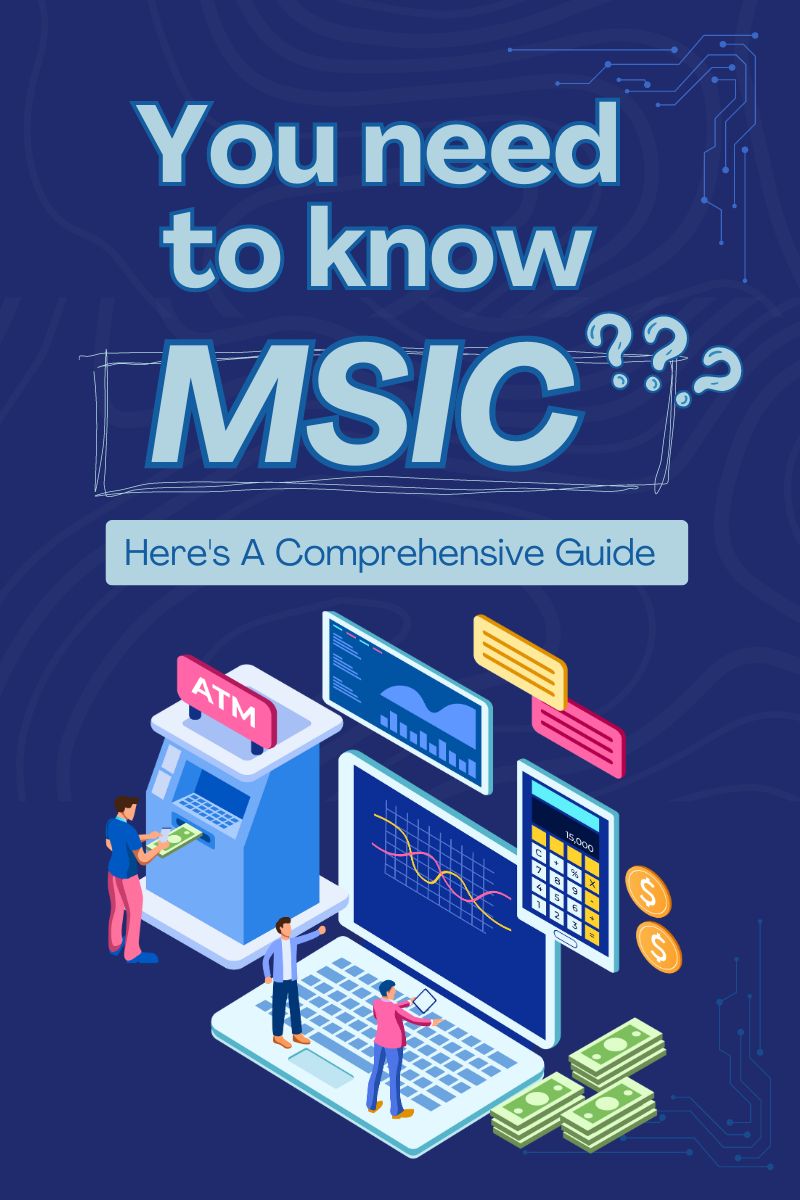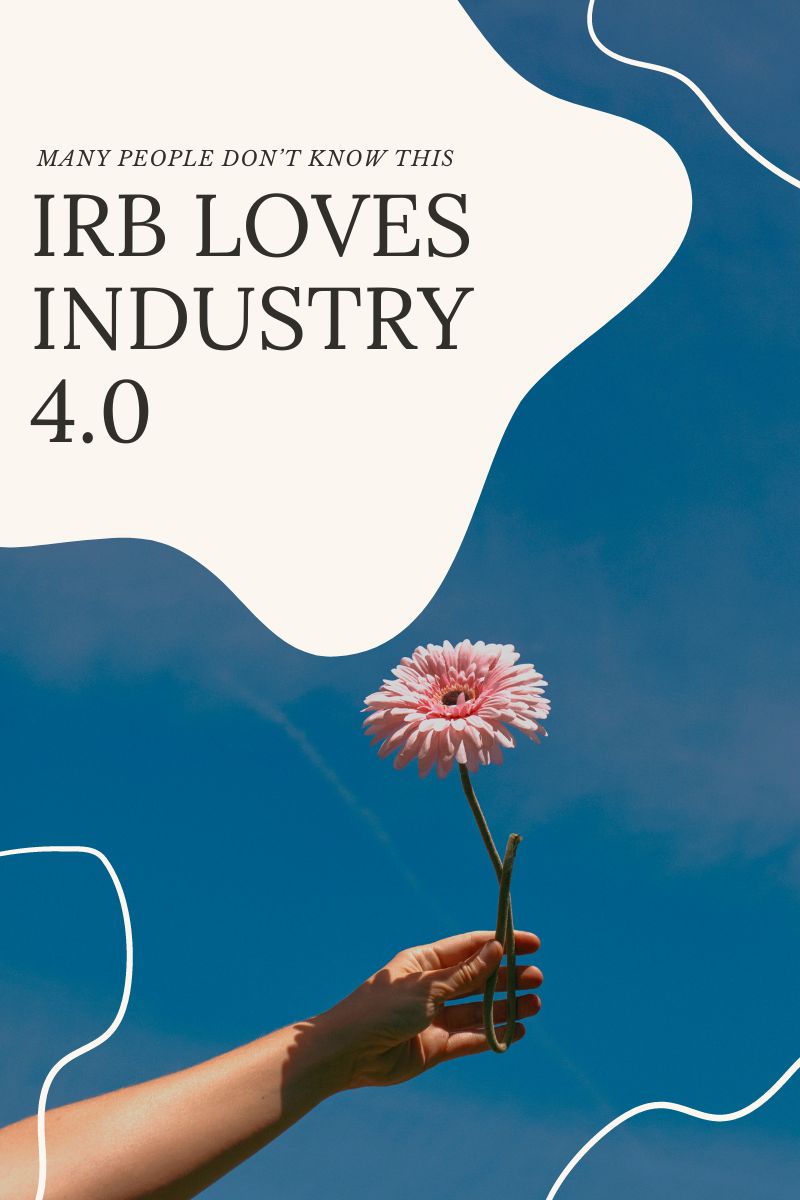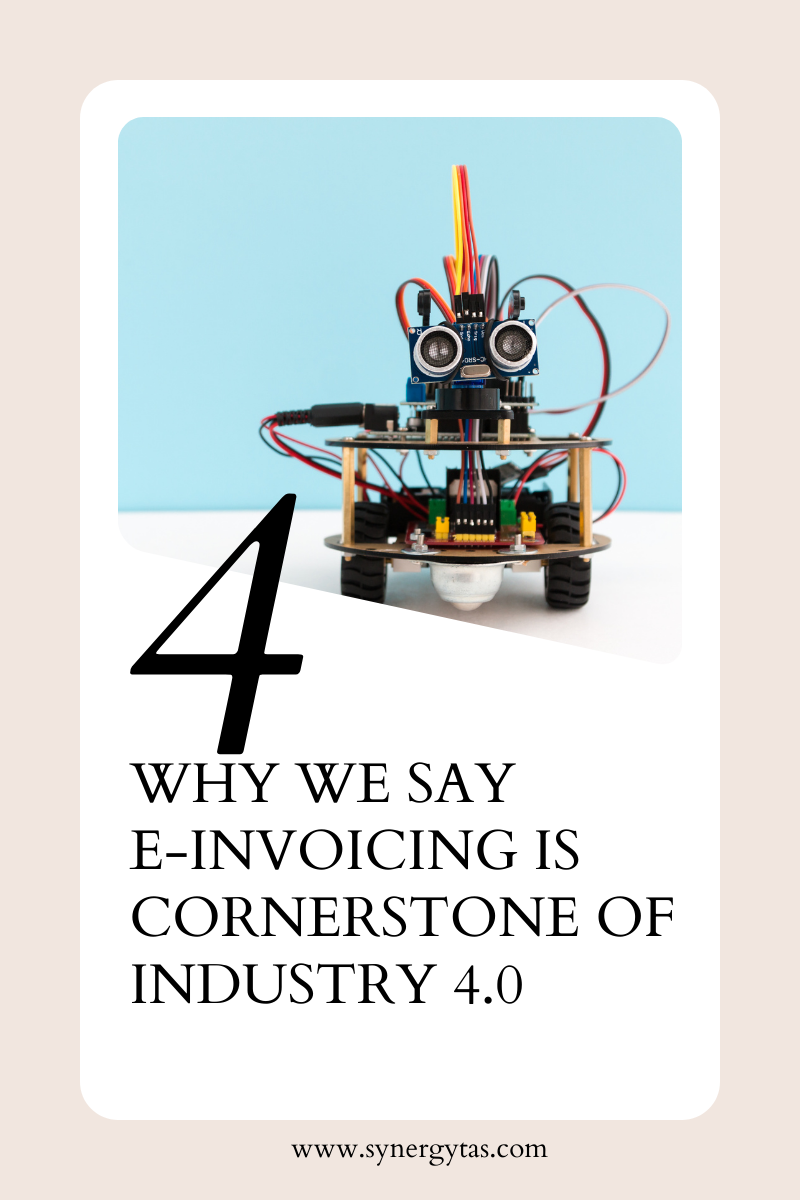Analysis of practical challenges with e-invoicing in Malaysia
After successful implementation in more than 100 countries globally including France, Australia, Sweden, South Korea, Singapore, Brazil, India, Germany, and Italy, e-invoicing has finally entered Malaysia. The new compliance reform is expected to bring about a paradigm shift in indirect tax administration in the country. Obviously, no reform is without its fair share of challenges.
With phase I of the e-invoicing rollout from June 2024 onward, there is an urgency for organisations meeting the new turnover threshold to acquaint themselves with its mechanism, transition their invoice, and management process and also address any potential bottlenecks arising in the process.
Here’s the implementation timeline set by IRB:
- January 2024: The ability to implement e-invoicing voluntarily
- June 2024: Businesses with an annual turnover of MYR 100 million/ year
- January 2025: Businesses with an annual turnover of MYR 50 million/ year
- January 2026: Businesses with an annual turnover of MYR 25 million/ year
- January 2027: Mandatory implementation for all businesses.
E-invoicing in Malaysia so far
In a nutshell, e-invoicing is the electronic authentication of a tax invoice generated by businesses within their existing invoicing or accounting or billing systems. Once the MyInvois Portal validates an invoice, IRBM will notify both the supplier and buyer via the MyInvois Portal.
It also cross-links to the e-way bill portal, facilitating faster movement of goods and fewer pit stops at checkpoints.
It is mandatory for businesses that are eligible for e-invoicing, to update their existing billing systems with the e-invoice schema provided by the government and generate e-invoices with the unique QR Code for applicable transactions.
The government authorities rolled out e-invoicing on 1 June 2024. They focused on business-to-business (B2B) transactions of companies having an annual turnover exceeding RM100 million. On the first day of implementation of mandatory e-invoicing we look forward to seeing how many e-invoices were raised. Here’s the table of implementation timelines imposed by IRB.
|
Taxpayers with an annual turnover or revenue of more than RM100 million |
1 June 2024 |
|
Taxpayers with an annual turnover or revenue of more than RM50 million and up to RM100 million |
1 January 2025 |
|
Taxpayers with an annual turnover or revenue of more than RM25 million and up to RM50 million |
1 January 2026 |
|
All taxpayers and certain non-business transactions |
1 January 2027 |
But the question remains, Why is e-invoicing essential, and how does it benefit the taxpayer as well as the tax administration in Malaysia?
E-invoicing is expected to do a lot more than bring uniformity and standardisation to the existing invoice management system.
Invoice data can be shared electronically from one software to another, and anyone can easily read the invoice data.
There are several functional benefits of e-invoicing in Malaysia. For starters, e-invoicing improves the turnaround time of an invoice by allowing suppliers to accept or reject transactions in real-time. It also eliminates the need to manually file and repeatedly re-enter the exact transaction details over and over. Once a taxpayer electronically authenticates a tax invoice, the transaction data will be auto-populated, thereby reducing the possibility of manual data entry errors, reducing invoice reconciliation errors or disputes, avoiding duplication of data and generating e-invoices seamlessly. Eventually making filing of either the much anticipated GST 2.0 returns or the new-SST system which should be presented in Malaysia very soon
It is also said to improve payment cycles, and reduce invoice processing costs and time by eliminating the requirement of delivering a physical invoice to the recipient.
The current system requires a taxpayer to carry multiple copies of an invoice for various purposes, and there are difficulties in sharing the invoice data due to non-standardised machine-to-machine communication, increasing invoice processing costs. At present, transporters must carry valid tax invoices along with the e-way bill for inspection at various checkpoints. Ultimately this practice will likely be eliminated in the future as the unique TIN Number, and QR code will be sufficient for the movement of goods in Malaysia.
Who is required to use e-invoicing in Malaysia?
The implementation of e-invoicing in Malaysia is supported by the utilisation of TIN (Tax Identification Number), which was introduced in the country in 2022.
As a progressive development, Malaysia has announced the use of e-invoicing starting from March 2023. This initiative aims to enhance service quality, reduce compliance costs for taxpayers, and improve overall business efficiency. The IRB has presented a phased plan for the implementation of electronic invoicing, with a pilot project set to be launched for selected companies in 2024. The mandatory e-invoicing requirement will cover transactions between businesses (B2B), businesses and the government (B2G), as well as business-to-consumer transactions (B2C).
The Tax Office has recently published the E-INVOICE GUIDELINE YEAR 2023, providing detailed information on the steps to implementation. The gradual implementation of the obligation will begin in January 2024 and conclude in 2027, and the model chosen by the Malaysian government will be based on the Common Taxonomy and Classification (CTC) combined with the Pan-European Public Procurement Online (PEPPOL) network.
Description of the e-invoicing process
Under the new requirements, invoice issuers will be responsible for submitting invoices to government entities for verification and approval before forwarding them to recipients. Each invoice will be assigned a unique serial number, serving as proof of its proper issuance for both the issuer and the recipient. Additionally, an extra measure of verification will involve the use of QR codes. The primary channel for exchanging invoices will be the PEPPOL network, while the myTax portal will be made available for manual issuance and receipt of e-invoices.
Archiving requirements for e-invoicing in Malaysia
The stipulated storage period for e-invoices is 7 years. However, it remains uncertain whether storage abroad is permitted.
Ensuring integrity and authenticity
In Malaysia, integrity and authenticity in e-invoicing will be ensured through the issuance of invoice certificates accompanied by serial numbers and QR codes.
For more information, you can refer to the E-Invoicing Guideline 2023:
https://www.hasil.gov.my/media/hsulrygk/irbm-e-invoice-guideline-version-10.pdf
How do you monitor and audit your e-invoicing data security and privacy performance and incidents in Malaysia?
E-invoicing is a convenient and efficient way to send and receive invoices electronically, but it also comes with data security and privacy risks. If you use e-invoicing in Malaysia, you need to monitor and audit your data protection practices and incidents regularly to ensure compliance, trust, and reputation within the country. Here are some tips on how to do that effectively in Malaysia.
Assess your data protection needs in Malaysia
Before you start monitoring and auditing your e-invoicing data security and privacy in Malaysia, you need to identify what kind of data you collect, process, store, and share through your e-invoicing system within the country. You also need to understand the legal and contractual obligations that specifically apply to Malaysia, such as the Personal Data Protection Act (PDPA). Based on your data protection needs within Malaysia, you can define your data security and privacy policies, objectives, and metrics.
Implement data protection controls in Malaysia
To protect your e-invoicing data in Malaysia from unauthorized access, modification, loss, or disclosure, you need to implement appropriate technical and organizational controls. These may include encryption, authentication, access control, backup, firewall, antivirus, and logging, tailored to meet local requirements. You also need to train your staff and partners in Malaysia on how to use the e-invoicing system securely and comply with your data protection policies within the country. You should document your data protection controls and update them regularly based on local regulations.
Monitor your data protection performance in Malaysia
To measure how well your data protection controls are working within Malaysia, you need to monitor your data protection performance regularly. You can use various tools and methods to collect and analyze data on your e-invoicing system’s activity within the country, such as dashboards, reports, alerts, audits, or penetration tests, aligned with local requirements. You should track and evaluate your data protection metrics, such as data breaches, errors, complaints, or compliance rates within Malaysia. You should also benchmark your performance against your objectives and industry best practices within the country.
Audit your e-invoicing data protection incidents in the context of Malaysia.
To identify and address any data protection incidents that may occur in your e-invoicing system in Malaysia, you need to audit your data protection incidents regularly. You should have a clear and documented process for reporting, investigating, resolving, and learning from any data breaches, errors, complaints, or violations that may affect your e-invoicing data in Malaysia. You should also notify and cooperate with any relevant authorities, customers, or partners in Malaysia that may be involved or affected by the incidents.
Review and improve your e-invoicing data protection practices in Malaysia.
To ensure continuous improvement of your e-invoicing data protection practices in Malaysia, you need to review and improve them regularly. You should use the results of your monitoring and auditing activities to identify any gaps, weaknesses, or opportunities for improvement in your e-invoicing data protection policies, controls, performance, or incidents in the context of Malaysia. You should also seek feedback and suggestions from your staff, customers, partners, or experts in Malaysia on how to enhance your e-invoicing data protection practices.
Stay updated on e-invoicing data protection trends in Malaysia.
To keep up with the changing e-invoicing data protection landscape in Malaysia, you need to stay updated on e-invoicing data protection trends regularly. You should follow the latest developments and changes in the legal, regulatory, technical, and industry standards in Malaysia that affect your e-invoicing data security and privacy. You should also monitor the emerging threats and challenges in Malaysia that may pose risks to your e-invoicing data. You should adapt and update your e-invoicing data protection practices in Malaysia accordingly.
Let’s examine more of the challenges with e-invoicing in Malaysia.
Our country is still adapting to a new tax reform. This situation can pose difficulties for both taxpayers and the tax administration. Many businesses are expected to encounter inevitable hurdles while generating e-invoices either manually or from their existing business systems.
Need for understanding: The absence of a standardised method for generating e-invoices can prove to be an initial obstacle, leading to confusion among taxpayers. Some taxpayers mistakenly believe that they have to create tax invoices directly from the invoice registration portal.
Impact on business operations: Although there is a standardised e-invoice schema provided by the authorities, taxpayers who are preparing for the upcoming phases require time to fully comprehend the compliance implications through discussions with their ERP or IT, finance, sales, logistics/procurement/supply chain, or legal teams. Taxpayers also need to evaluate the key touchpoints where there will be a significant impact and make necessary adjustments. The phased implementation of e-invoicing allows any further glitches or hiccups to be resolved for the subsequent batch of taxpayers integrating e-invoicing into their business operations.
Manual entry for invoices: Currently, there is talk on the use of Application Programming Interface (API) there is no standardised invoice management system, which means businesses have to manually twig and invest substantial sums just to enable their ERP systems to speak with IRB’s system — this is definitely time-consuming and cost a substantial sum of money, not to mention an arduous and error-prone task.
Purchase invoices dispute and resolution: The sales invoice data must be uploaded to the invoice registration portal and the e-way bill portal to comply with the tax requirements. There is a similar provision to download purchase transactions and check that they are valid expenses. There are extra manhours required to check and reconcile them before taking them into the accounting system.
Data sanitisation and validation: Taxpayers need to accurately validate and authenticate various mandatory input field data before uploading them to the invoice registration portal. These steps will help ensure that any potential disruptions due to the rejection of uploaded data are avoided. Common errors include duplicate invoice data, incorrect tax break up, incorrect or invalid code, invalid TIN, and discrepancies in tax rates or amounts.
Training for internal teams: Since e-invoicing is a digital initiative, it will take time for employees to fully grasp its mechanism. It is natural for common errors to occur during the initial stages. Businesses should provide comprehensive training to ensure clarity regarding the process of generating e-invoices. Similarly, tax authorities must undergo training to effectively address any taxpayer inquiries.
Segregation of B2B and B2C invoices: Currently, e-invoicing is mandatory for B2B invoices but not for B2C invoices in Malaysia. Automating the sorting of B2B and B2C invoices to some extent is necessary to save time and avoid manual efforts.
Cancel and amend e-invoices: An e-invoice cannot be modified or corrected; it must be entirely cancelled. Cancelling an e-invoice can be done on the IRP within 72 hours of generation, provided no e-way bill has been generated. After 72 hours, cancellation must be done using Any subsequent adjustments that would have to be made by issuing a new e-invoice (e.g., credit note, debit note or refund note).
Storage of e-invoice data: E-invoice data remains and is kept in IRB’s e-invoicing portal. Taxpayers are reminded to retain sufficient records and documentation about the transaction.
Limited time for ERP integration and technology readiness: To avoid manual generation of e-invoices, businesses need to integrate their ERP systems with the designated invoicing system either through an API or by partnering with an e-invoicing solution provider, for a smooth flow of invoice data between the systems. In case businesses opt for in-house solutions, their IT teams must make necessary system changes, perform User Acceptance Testing (UAT), and conduct stress tests before going live.
Increased compliance burden: For taxpayers performing invoice compliance tasks manually, the introduction of e-invoicing adds another layer of compliance requirements. In addition to SST returns, taxpayers must now familiarise themselves with the e-invoice portal by logging in regularly.
Additional time spent on reconciliations: Businesses already face challenges reconciling invoices for accounting and tax purposes. The introduction of e-invoices further increases the burden of reconciliation.
Challenges arising from unforeseen circumstances: Situations like the COVID-19 outbreak have forced businesses to rapidly adapt their operations. Under such circumstances, taxpayers may have concerns regarding electricity or internet outages, downtime of the government portal, or extreme situations such as floods, calamities, or protests.
Conclusion
In conclusion, the global shift towards e-invoicing has caused some challenges for many companies, both small and large. However, this initiative is supported by the UN ESG (Environment, Social & Governance) agenda as part of its digital transformation agenda. Even though there are difficulties in getting used to new technologies, research data shows that Malaysia is taking necessary steps to ensure that it stays in line with the global trend of digitising processes. Despite its challenges, e-invoicing paves the way toward an immensely efficient business transaction process. Companies in Malaysia should therefore take advantage of this current trend and capitalize on its benefits as soon as possible. With such timely implementation, it will help increase overall productivity and efficiency – and at the same time reduce overhead costs. We hope that this blog post has provided some insight into the situation and related trends surrounding e-invoicing technology – allowing businesses to make informed decisions for their operations.










